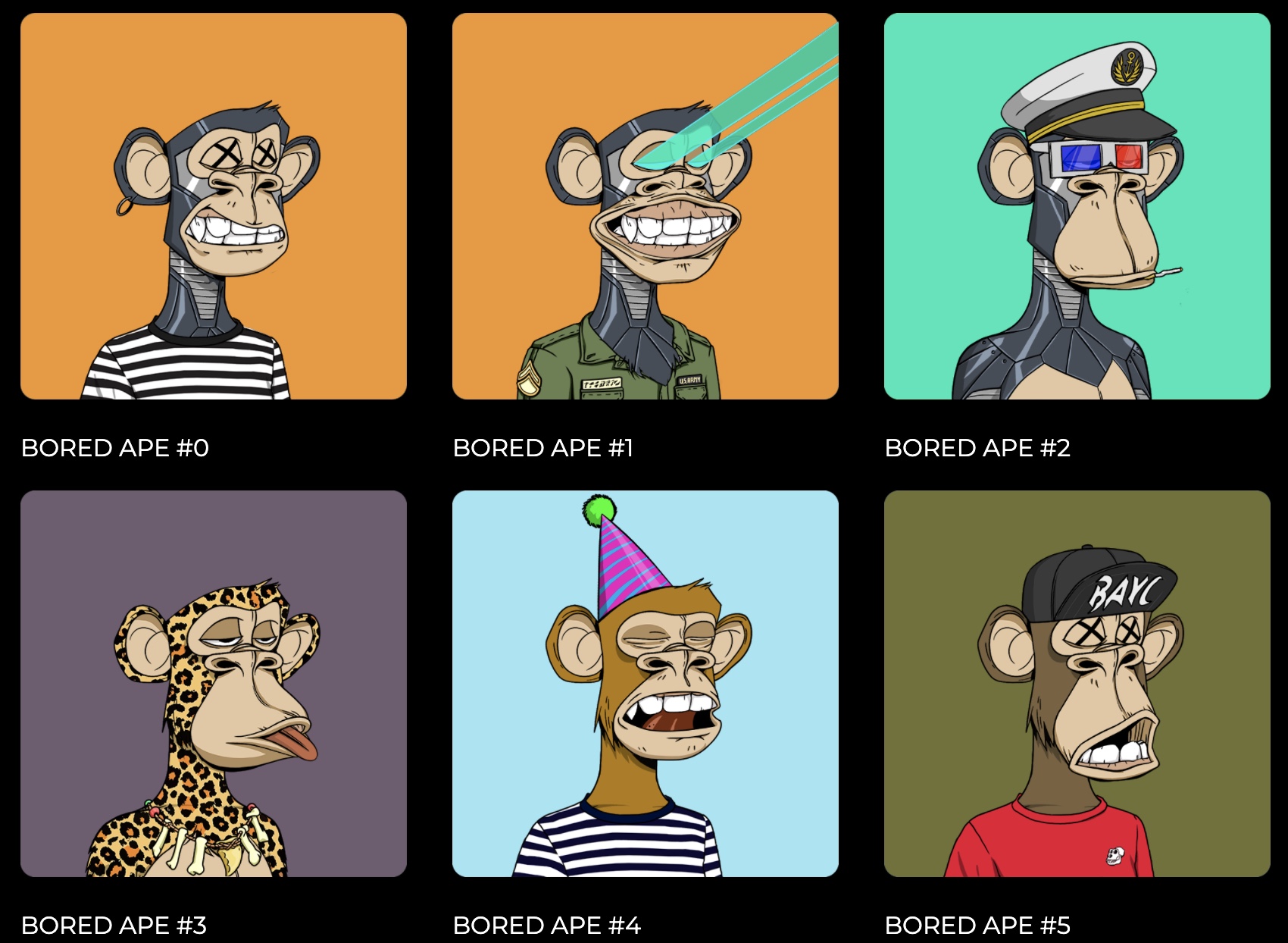Art is going digital, and we’re not just talking about an iPad with a copy of Procreate. These days the next Mona Lisa seems more likely to be a so-called ‘non-fungible token’, or NFT rather than oil on canvas. And, as more and more artists are selling their work on NFT marketplaces as digital pictures, 3D models, or even animations and more, it truly feels time to reconsider the way we value and trade art.
The big question, of course, is whether NFT artworks have ‘real’ value. Are they a scam? A temporary hype? Or something that can revolutionize the art world?
NFT art and ownership explained
If you like art (or entertainment in general) you’ve probably seen your fair share of digital artworks. But the chances are you’ve never felt the urge to buy them. Or at least not as a jpg file. Sure, you might buy or commission a drawing from an artist you like, but you would expect a physical copy, right? Something to hang on the wall? Fill a space by the bookcase? I mean, what’s the point of art that you can’t display?
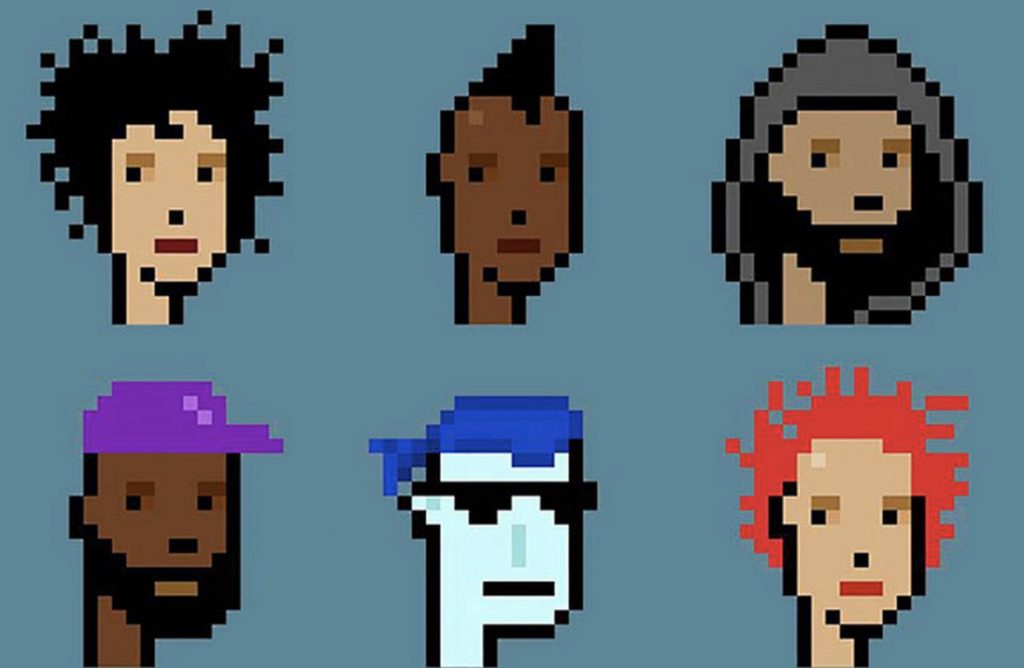
And that’s where NFTs come in.
If something is fungible it means it’s copyable. Repeatable. Re-make-able. And these multiple versions all have all the merits of the original. The copy is just as useful (or not useful) and is directly interchangable with its counterparts. If you think about it, pretty much everything we buy is fungible.
The value of art: are NFT’s worth money?
And that’s why NFT’s – non-fungible tokens – and the art world fit so well together. A major reason why famous artworks are deemed valuable is because of that uniqueness. Priceless art is non fungible. If the world was full of Mona Lisa’s, and we weren’t able to tell the difference, we wouldn’t put one on display in the Louvre.
Things that are non-fungible that therefore little bit special. Digital art is obviously fungible – copyable. But what if you could make it non fungible?
Non-fungible tokens are, in essence, proof of ownership. By using blockchain technology with a crypto currency like Ethereum, it’s possible to tag and track a digital image, video, or any other kind of digital document. By turning digital art into an NFT that most copyable and transmittable piece of content magically becomes unique.
Yes, it’s a jpg, and it doesn’t have a physical form and you can only see it on a computer screen, and it might get copied, passed around, shared, printed out and more, but but it’s YOUR jpg and everyone on the world knows it thanks to the blockchain and nobody else can OWN it or copy that ownership.
Thus NFT art enables artists to give ‘value’ to work that exists in the digital sphere. Problem solved and the art world saved…
Still, opinions on NFT art are often skew towards the skeptical.
A common argument is that something that holds value only holds that value because people have been willing to pay for it. But this is the case for all art, whether it’s a piece of paper or a digital file. So from this angle – one of pure ‘value’ rather than physical beauty or presence – there’s no reason why NFT art shouldn’t have the same worth as physical art.
Johnny Depp, Paris Hilton and collectable apes…
However, that doesn’t mean it’s necessarily wise to buy NFT’s. At the time of writing, NFT art is still a relatively new phenomenon. Many of the best-known names in NFT art are celebrities with their own collections, such as Grimes, Paris Hilton, and Johnny Depp. The fact that high-profile stars have jumped on the bandwagon doesn’t mean the bubble can’t burst.
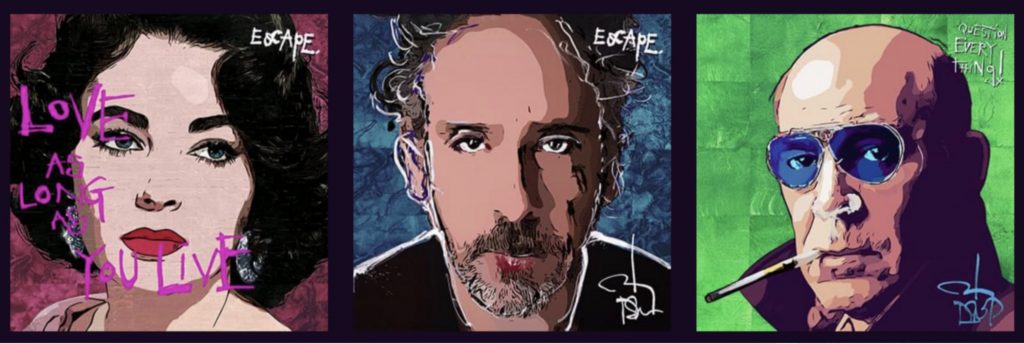
In fact, as fashions and careers come and go, being too closely tied to ‘what’s hot right now’ could wind up being the kiss of death in the long run.
NFT art versus physical art
If you do wish to buy NFT’s, or you simply want to have a look around, go to well-known marketplaces such as OpenSea and Rarible. You can find every kind of NFT art collection here; from virtual pets to a collection of 10k funky-looking apes.
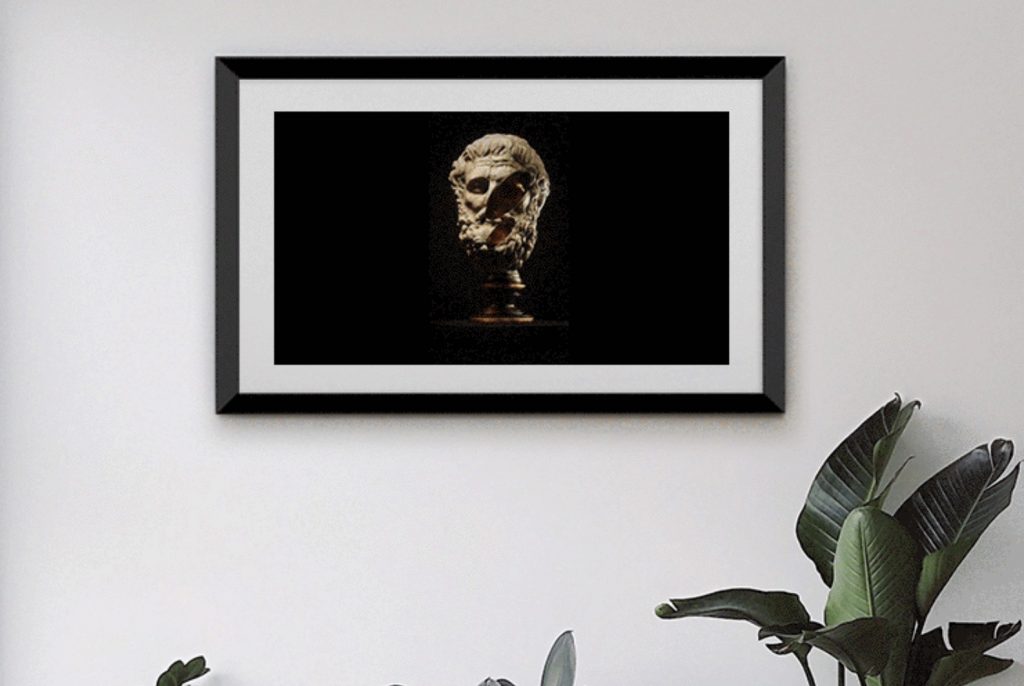
And here’s a handy overview while you’re hovering over that buy button. It’s the ultimate NFT versus physical art face-off. Let’s start with the advantages of NFT art:
NFT Art: The Good Stuff
• There’s no need for galleries or art dealers or any networking to get to see what’s hot. Buying NFT art is a completely level playing field. And as an artist, you don’t have to be famous or know the right people in order to sell your work. The democratisation of the internet has done it again.
• There are royalties for the artist if the artwork’s value increases. Every time it’s resold, the creator receives a piece of the cake. Which is totally unlike physical art. Create a winner and you could be set for life.
• There’s more room for creativity. Instead of painting a static image, now art can be an animation, or a movie, or a sound or a moment captured in time in whatever medium the artist prefers. Sports events, movie clips, great moments in history. The options are endless.
• As a buyer, it can be a very easy way to get yourself an affordable and unique artwork. And one that might (might) just spike in value.
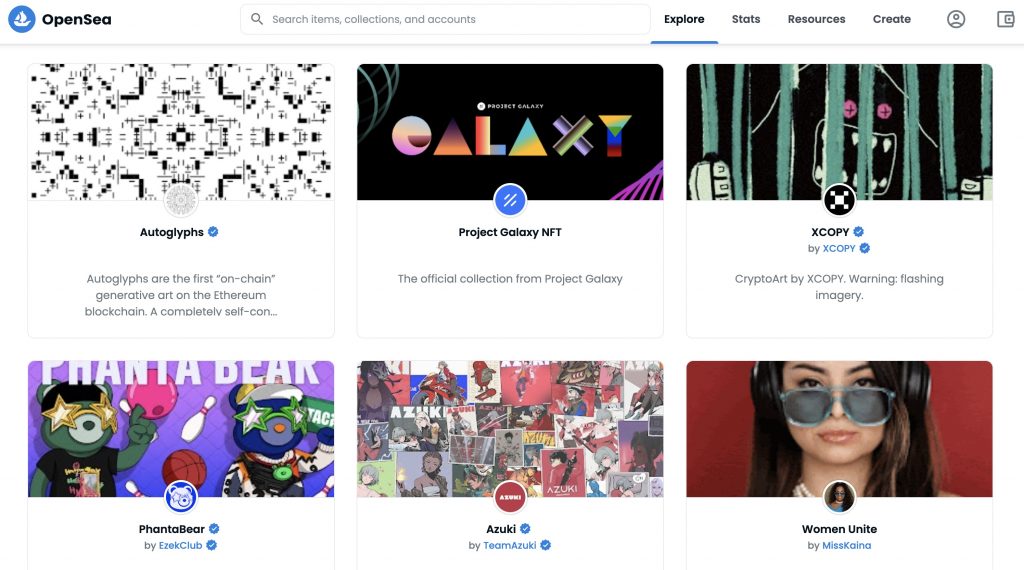
NFT Art: The Bad Stuff
• There’s no such thing as a sure thing and with the merits of beauty replaced with the vagaries of fashion you’ve a product with zero value certainty attached. Buying NFT art with the intention of making a profit – certainly from an unknown and reasonably priced collection – is therefore a stab in the dark.
• If you buy an NFT just for fun, you’ll inevitably get a “now what?” feeling. Buying a physical painting or sculpture – even it it’s by a complete unknown – will always feel more rewarding by virtue of being able to see and enjoy it every day.
• Getting caught in the celebrity onrush. Does this NFT art have value because it’s good? Or because Johnny Depp made it?
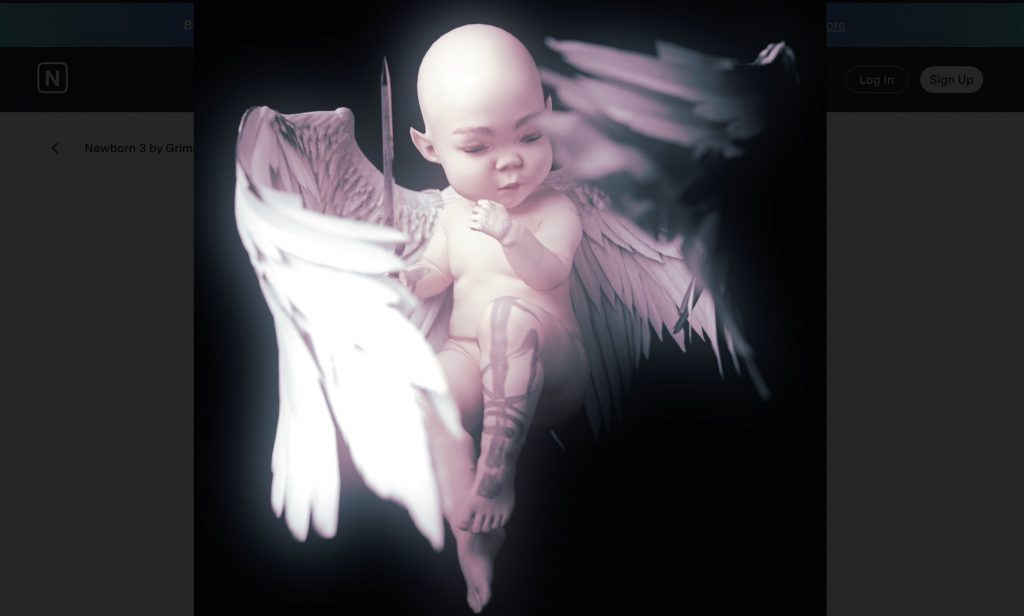
Are NFTs here to stay?
Nobody can predict the future, but as we’re becoming more and more digitalized (think virtual office spaces and 3D entertainment), it’s highly likely that NFT art is here for the long run. If collectors are willing to pay money for physical art, they’re probably willing to pay for NFT art as it gets normalized.
Bear in mind that this doesn’t necessarily mean that NFT’s will overtake physical art. There’s already a trend of people buying NFT’s, but still wanting a physical copy to show for their purchase. On top of that, the classics will always remain physical. We can create fully digital museums, or add an NFT art section to the Louvre, but the Mona Lisa is, and will always be, a physical object.
An NFT won’t replace it, but it might be placed in the room next to it. Someday.
As a freelance games journalist, Marloes has written for many of the world’s biggest games and entertainment websites. When she’s not writing, you can usually find her somewhere in Novigrad, Whiterun, or living the catgirl life in FFXIV.



























